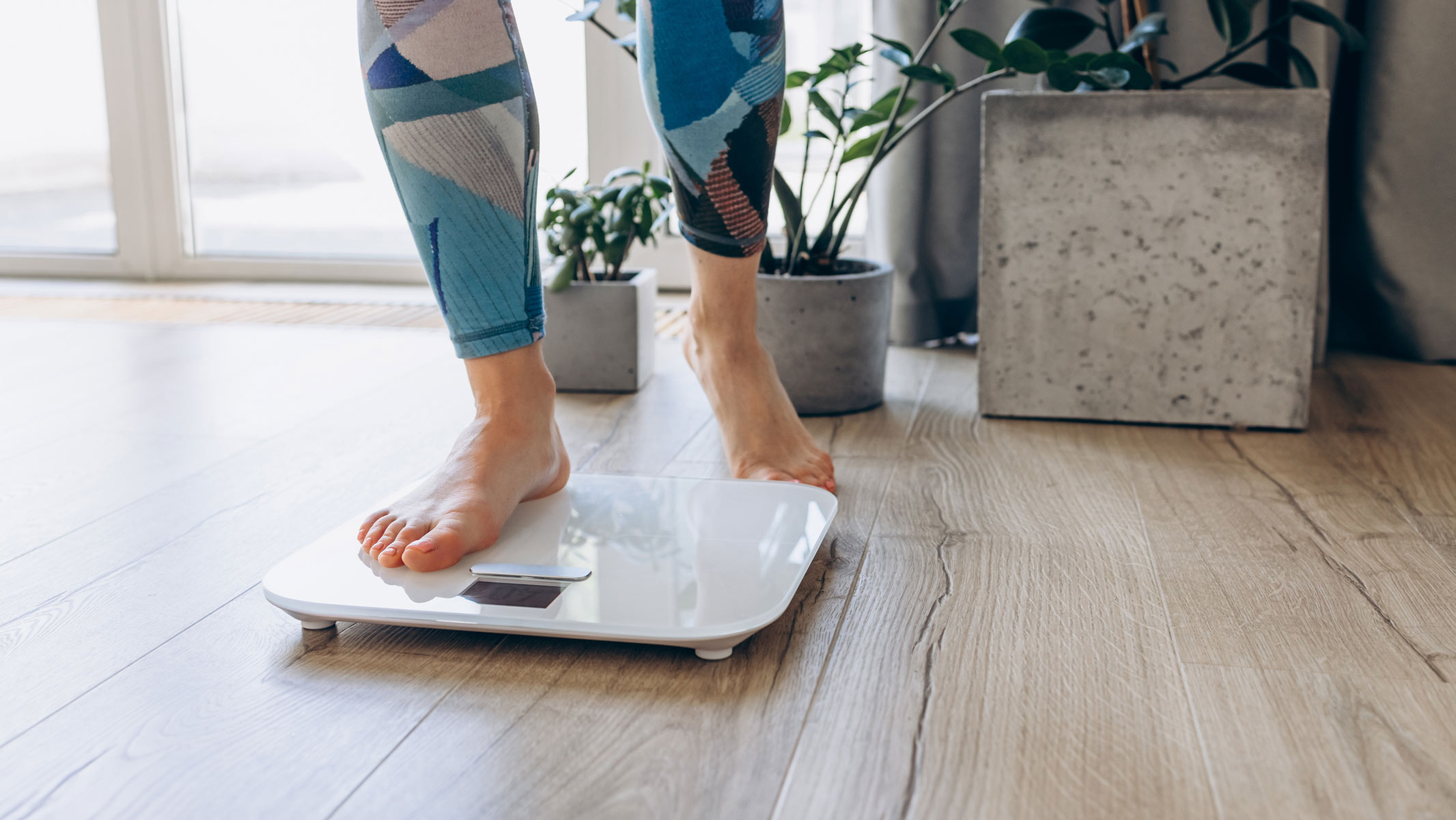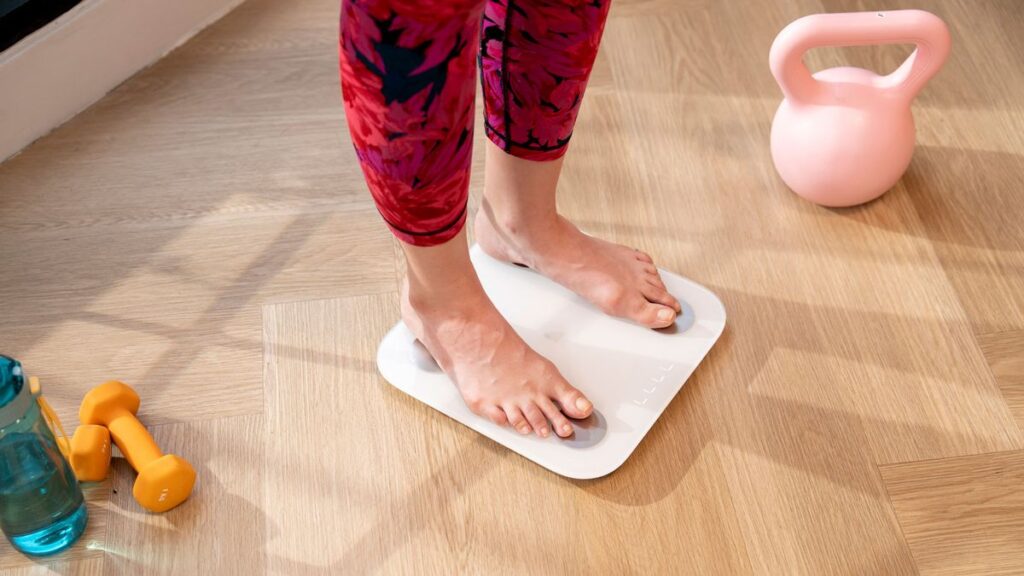The number on the scale does not tell the whole story. Your body weight does not account for your body fat, muscle mass and bone density, and will not tell how much of it is due to water retention or digested food. To put it into perspective, two identical twins can weigh exactly the same, but based on body weight alone, one can be considered athletic and the other classified as obese. This is the key issue smart scales are trying to solve.
Smart scales, also known as body fat scales, not only measure your body weight and Body Mass Index (BMI), but also provide a breakdown of your body composition and how it changes over time. They look and function in a very similar way to analog bathroom scales, but unlike their traditional counterparts, these devices can connect to your phone and send measurements to a range of connected fitness apps.
Some of the best smart scales on the market can give you an in-depth explanation of your health stats, offer basic diet advice and even measure your heart rate. Their functionality outstrips that of analog devices by a long mile.
What are the potential benefits of using a smart scale?

Smart scales are not just for fitness enthusiasts and can benefit a wide range of population groups, Dr. Michael Chichak, a general practitioner and clinical reviewer at MEDvidi, a health clinic based in San Jose, California, told Live Science by email. “These include athletes who track muscle mass for improved performance and recovery, elderly individuals who need to monitor changes in bone density and muscle mass to avert complications associated with sarcopenia [age-related loss of skeletal muscle] and people suffering from chronic conditions like heart diseases or diabetes where body composition can affect the management strategies of these conditions,” Chichak said.
However, smart scales should not be treated as diagnostic devices, he emphasized. They are not as accurate as clinically validated diagnostic methods, such as the “gold standard” Dual Energy X-ray Absorptiometry (DEXA), which uses rays of ionizing radiation to penetrate the body and produce images of bones and soft tissues inside. Moreover, plenty of factors can affect the accuracy of smart scales, from the make of the device to hydration levels and foot placement, Chichak said.

That is because most smart scales work using bioelectrical impedance analysis (BIA). While this method has its perks — it is non-invasive and relatively cheap, for example — it is also prone to distortions, according to a 2014 review published in the International Journal of Clinical Nutrition.
How does bioelectrical impedance analysis work?
BIA works by sending a small, unnoticeable electrical current through your body (often through bare feet and/or hands) and measuring your body’s impedance, or resistance, to this current. Tissues with high water content can transmit electric currents more easily than tissues with lower water content. This means that muscle and blood will pose less resistance to electricity than fat and bones, for example. Then, a smart scale feeds these measurements into its proprietary algorithms (often incorporating self-reported metrics like age, sex and height) that calculate your body composition. The accuracy of results depends on how well a device measures resistance and which equations it uses to interpret this data, the review authors noted.
In that regard, some commercially available smart scales leave a lot to be desired, according to a 2021 study published in the journal JMIR Mhealth Uhealth. Scientists compared the measurements obtained with three different models of smart scales with DEXA and found that these devices can underestimate both fat and muscle mass by as much as 8 kg and 8.03 kg (approximately 17.6 pounds), respectively. Studies have also shown that typical stand-on smart scales tend to be less accurate than devices that use foot-to-hand technology (a stand-on platform and handles), according to a 2022 review published in the European Journal of Applied Physiology.
When using a device where you just step on the scale with bare feet, the current skips over the waist and above, Dr. Claudia Dal Molin, a sports medicine physician and an assistant professor of medicine and orthopaedics at the University of Maryland School of Medicine, told Live Science by email. “In a woman, where more fat may be in the thighs than the mid-section, this technique could over-represent her body fat percentage, whereas in a man with less fat in the thighs, this might give a more accurate result,” Dal Molin explained.

However, that does not mean that foot-to-hand technology is automatically better. “Even in products that use a handle to better include the upper body in the measurement, companies may not provide transparent information about what algorithms are used to give you their final measurements,” Dal Molin said.
What other factors can affect the accuracy of a smart scale?
As we mentioned before, how and when you take measurements may also affect the accuracy of your smart scale’s readings. Dehydration, excess body water and even skin temperature may alter electrical resistance in the body. For example, one 1988 study has shown that BIA can overestimate body water content and underestimate body fat percentage when the measurements are taken in warm ambient temperatures.
The good news is that science has moved forward since the late 80s. “The latest designs with bioelectrical impedance technology have improved the accuracy of the measurements of body fat and muscle mass,” Chichak said.
For example, some high-end smart scales use multiple frequencies of electrical current to improve accuracy. These devices measure impedance in different body segments, such as the arms, legs and torso, so they can provide a more detailed analysis of body composition, according to a 2024 study published in the journal Frontiers in Nutrition.
The takeaway? Home scales can still allow us to appreciate trends fairly accurately, but it is important to understand that BIA measurements are data points that can be flawed, Dal Molin said. “Lastly, few smart scales are studied for accuracy and many studies have small sample sizes. Our knowledge within specific brands and products is therefore even more limited,” she added.
This article is for informational purposes only and is not meant to offer medical advice.
